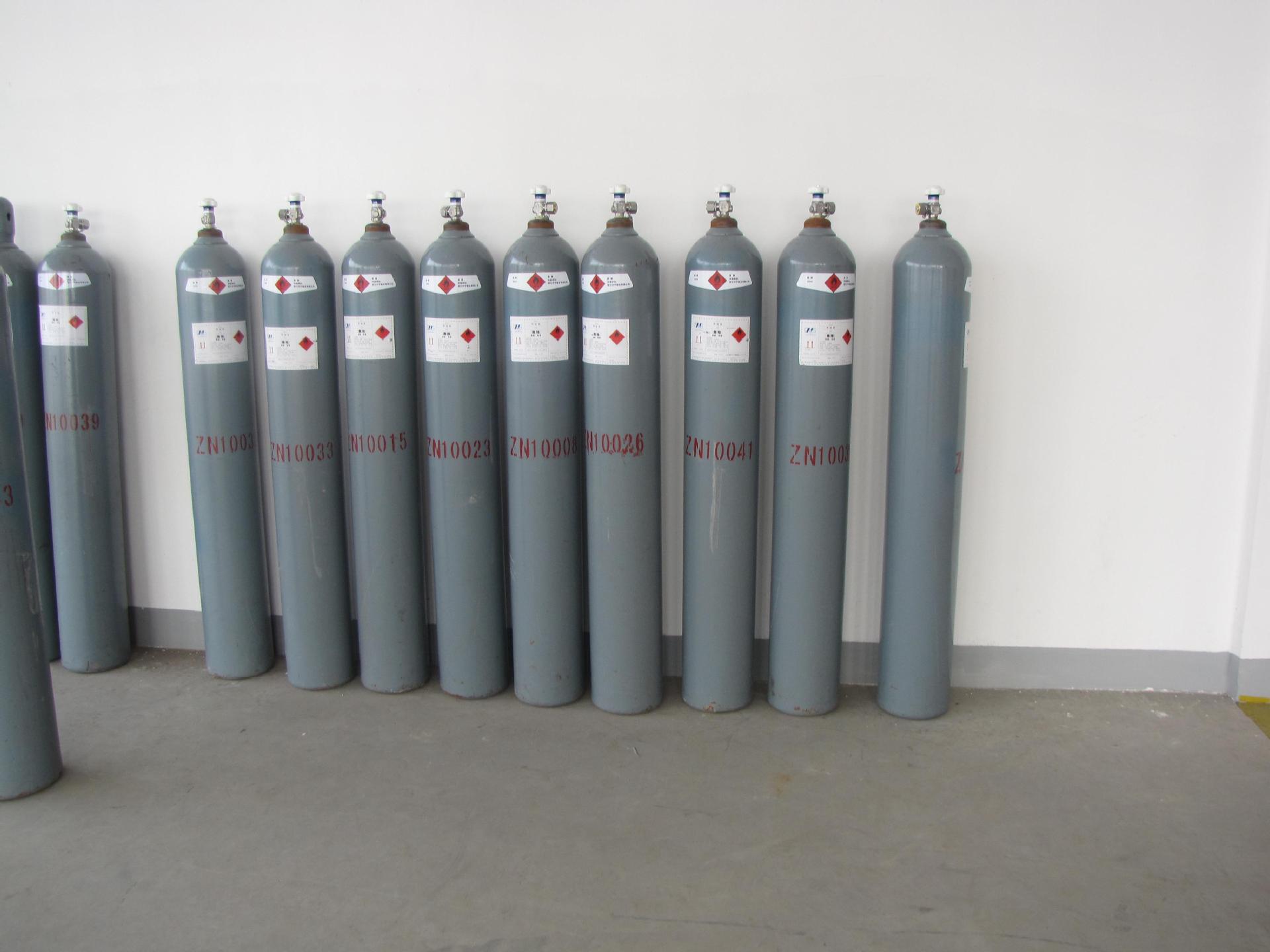|
|
|
 |
| Product Name: |
Silane |
| Company Catalog: |
Glass Chemical |
| CAS No.: |
7803-62-5 |
| Specifications: |
Tech Grade, GB 2012 |
| Packaging: |
20 kg cylinders, 120/240 kg cylinder banks, 1000/3000/4500/6000 kg tube/tube banks |
|
| Product Description: |
|
Silane
Silane is an inorganic compound with chemical formula SiH4. It is a colourless, flammable gas with a sharp, repulsive smell, somewhat similar to that of acetic acid.Silane is of practical interest as a precursor to elemental silicon.
Silane may also refer to many compounds containing silicon, such as trichlorosilane (SiHCl3) and tetramethylsilane (Si(CH3)4).
Several industrial and medical applications exist for silane and functionalized silanes. For instance, silanes are used as coupling agents to adhere fibers such as glass fibers and carbon fibers to certain polymer matrices, stabilizing the composite material. In other words, silane coats the glass fibers to create better adhesion to the polymer matrix. They can also be used to couple a bio-inert layer on a titanium implant. Other applications include water repellents, masonry protection, control of graffiti,applying polycrystalline silicon layers on silicon wafers when manufacturing semiconductors, and sealants. The semiconductor industry used about 300 metric tons per year of silane in the late 1990s.More recently, a growth in low-cost solar photovoltaic module manufacturing has led to substantial consumption of silane for depositing hydrogenated amorphous silicon (a-Si:H) on glass and other substrates like metal and plastic. The PECVD process is relatively inefficient at materials utilization with approximately 85% of the silane being wasted. To reduce that waste and the ecological footprint of a-Si:H-based solar cells further several recycling efforts have been developed.
Silane is also used in supersonic combustion ramjets to initiate combustion in the compressed air stream. As it can burn using carbon dioxide as an oxidizer it is a candidate fuel for engines operating on Mars.Since this reaction has some byproducts which are solid (silicon dioxide and carbon) it is applicable only to liquid-fuel rockets (with liquid carbon dioxide), ramjets, or other reaction engines.
Silane and similar compounds containing Si—H bonds are used as reducing agents in organic and organometallic chemistry
|
|
|







